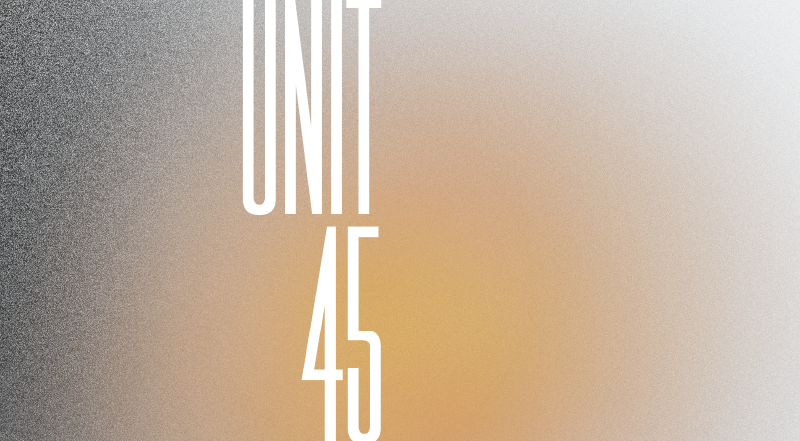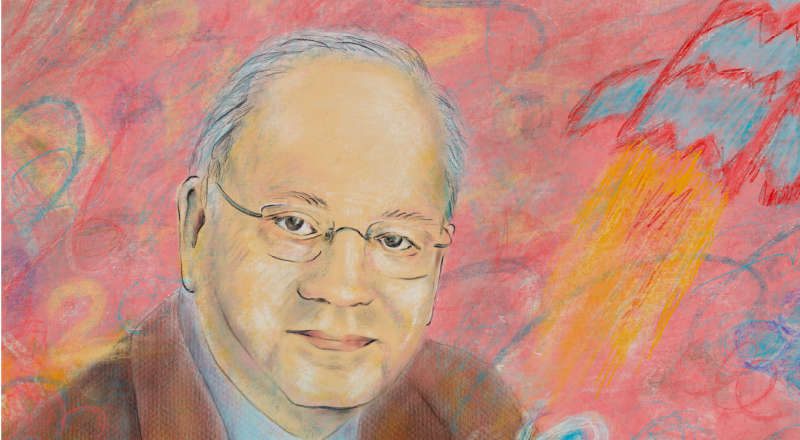Walking along the winding, empty hospital corridor at 2 a.m., I’ve resigned myself to an alarming realization: I am about to be admitted to the psych ward.
Twelve hours ago, seeing how pale and overwhelmed I had become, my wife asked me, “Leonard, don’t you think it’s time?” I knew exactly what she meant. We drove wordlessly to the hospital.
The locked doors to Unit 45 are buzzed open. I kiss my wife goodbye, take a deep breath and enter. It is my choice to be here, and I hate it. For four months, I’ve been able to do my job, but nothing more. As each day ended, I would go home, crawl into bed and fall into despair. I found myself helpless to prevent the dark thoughts revolving endlessly in my head, and feared I would harm myself.
At the nurses’ station, as the unit door locks behind me, I am instructed to turn over my phone and wallet. I momentarily feel like a prisoner. “What am I doing here?” I ask myself in a panic. I am escorted to a room right across from the station, where I plonk myself on a bed with white, tightly tucked cotton sheets. That night, I toss in bed, stirred by the fluorescent lights and busy noises outside my door.
A week ago I did something even scarier than hospitalization: I chose to disclose to a group of family, close friends and others about my need for admission. The choice to disclose is a complicated one and is not appropriate for all people and situations. My health history had been a tightly guarded secret and a source of shame to me, but I felt it was important for these people to understand my situation and plan for my absence. It was a tense conversation that felt like a confession, and to their credit, they responded kindly and constructively.
The ward is calm, peaceful even. To my relief, I am permitted to leave the ward for up to an hour at a time. Between my meetings with the mental health staff, I spend time reading, journaling, and taking walks around and outside the hospital. It provides me comfort to bond with other patients in the ward.
It feels strange for me to be a patient receiving mental health care, as I so frequently am the one dispensing such service for others. It is humbling but instructive to experience this power dynamic in reverse. I discover that there is grace to receiving help from others: it builds goodwill and trust.
Dr. T, the head psychiatrist, informs me that I cannot remain long on the ward, as beds are needed for others in more severe distress. I am afraid to leave the quiet ward where I have briefly managed to put my life on hold. I wonder, “What’s going to happen when I return to ‘real world’?” Regardless, after a week I am discharged, and assigned to a month-long outpatient program.
As I feared, my suicidal ideation returns. Fortunately, the outpatient program is now there to support me.
Each day, for four weeks, I join a group of 20 program participants. The program teaches us ways to sit with painful emotions, to assert ourselves constructively, to prevent mental health spirals and to uncover joy. I meet daily with a therapist, Mylene, who interrupts my rambling monologues in order to redirect attention to my underlying emotions and how I process them. Slowly, slowly, as I explore these new pathways, I find myself gaining strength and resilience to contend with the challenges I face.
Maybe, just maybe, I think I am going to come out okay.
Myths about mental illness
Myth: Mental illness is a single, rare disorder.
Reality: Mental illness is not a single disease but a broad classification that contains many disorders. Anxiety, depression, schizophrenia, personality disorders, eating disorders and attention deficit disorders are life altering for millions of Canadians.
Information compiled from Compassionate Classrooms, published jointly by the Alberta Teachers’ Association and the Canadian Mental Health Association. This resource is available from the ATA.
Resource Teacher
Read more
View the entire digital issue of the ATA Magazine
See the latest issue


